Part 2 of 2 Parts (Please read Part 1 first)
For the present, the U.S. Senate’s newly introduced partisan infrastructure bill would aim to keep the nation’s fleet of around one hundred commercial fission power reactors in operation. They are considering allocating about six billion dollars to nuclear fission support between 2022 and 2026. They are also providing financial assistance to identify sites for potential microreactors under development.
Stephen Wagner is a physics professor at the University of Colorado Boulder. He said, “This is money worth spending. It’s often easier to keep an existing plant running than it is to get a new one approved and built.” Wagner also emphasizes the advantage of maintaining nuclear fission power in the energy mix for baseload power capacity with renewable sources providing peak power.
A key ingredient for fusion power generation is derived from lithium. On the one hand, Turrell notes the relative abundance of lithium. On the other hand, Wagner counters that mining lithium, a major component of batteries for electric cars, means pushing environmental degradation to other places.
Turrell said, “Fusion is the universe’s most ubiquitous energy source. It lights days from the sun, and if you go out at night, those thousands of pinpricks you see are stars using fusion.”
Researchers at the National Ignition Facility in California are exploring a nuclear fusion process that utilizes lasers to heat a fusion reactor up to sixty million degrees Celsius. This is four times hotter than the center of the sun. So far, they have only been able to generate three percent of the energy they expended in the experiments. Turrell emphasizes that the field of fusion research is still developing rapidly.
A multinational research group called ITER is working on developing other methods of generating fusion energy in southern France. Their goal is to create a huge magnetic fusion device by 2025.
Turrell said that he is optimistic about the private sector’s interest and investments in such research. He added that the financial interests suggest the “plausibility of it having some kind of breakthrough in the near future.”
Wagner believes that the development of commercial nuclear fusion has a much longer timeline. He estimates that fusion reactors will not begin operating until around 2050. He also believes that fusion will not approach being one hundred percent of the energy mix until 2100.
Wagner said, “If in my life I can boil water for my morning coffee from electricity from a fusion reactor, I will die a happy person because I will know the human race will have a future. It’s going to be a difficult haul unless there is some real sort of breakthrough there. And so it’s important — what both the big experiment in France and all these little experiments are doing.”
Whenever it does arrive, Turrell says that fusion will be a critical energy source on the Earth and beyond. He said, “If we ever want to explore the rest of the universe to any great degree, fusion is the only power source that is going to get us there. It is the only power source that can take us to the stars.”
Blog
-
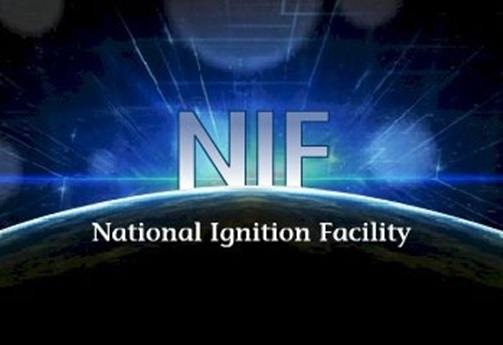
Nuclear Fusion 143 – The Hard Road To Nuclear Fusion – Part 2 of 2 Parts
-
Nuclear News Roundup Aug 05, 2021
USA-Romania cooperation gets to work world-nuclear-news.org
Westinghouse ATF makes progress towards approval world-nuclear-news.org
Japanese gas-cooled reactor restart world-nuclear-news.org
Jacobs awarded Dounreay decommissioning contracts world-nuclear-news.org
-
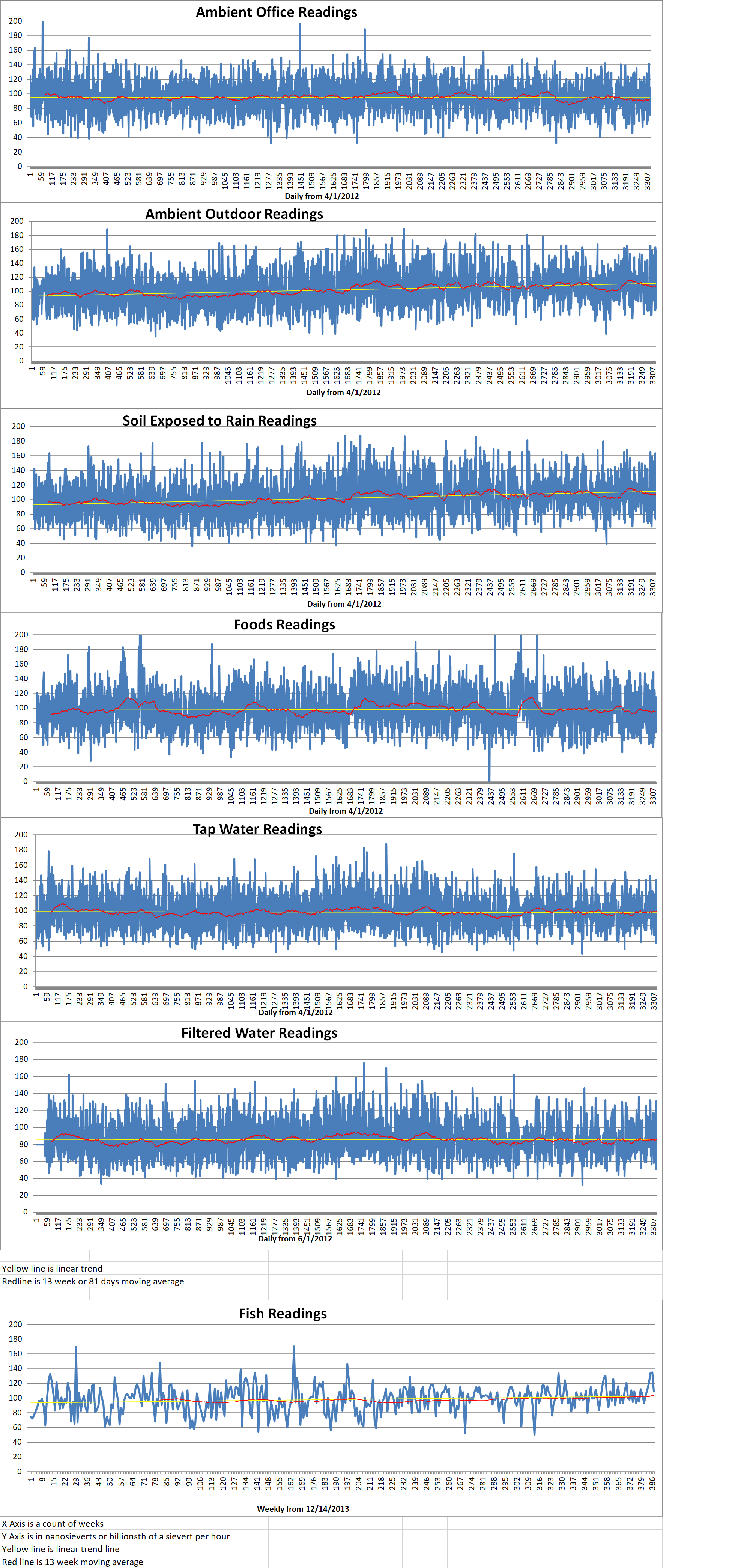
Geiger Readings for Aug 05, 2021
Ambient office = 71 nanosieverts per hour
Ambient outside = 76 nanosieverts per hour
Soil exposed to rain water = 73 nanosieverts per hour
Organic Banana from Central Market = 102 nanosieverts per hour
Tap water = 78 nanosieverts per hour
Filter water = 66 nanosieverts per hour
-
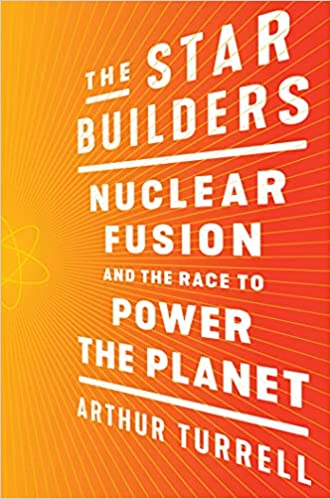
Nuclear Fusion 142 – The Hard Road To Nuclear Fusion – Part 1 of 2 Parts
Part 1 of 2 Parts
I have been interested in nuclear fusion as a power source for decades. The progress has been painfully slow as researchers overcame challenge after challenge only to find more challenges. It does appear that we are moving more quickly now as many laboratories and private companies pursue different paths to commercial nuclear fusion.
Arthur Turrell is an economist and plasma physicist. He believes that the net-zero energy mix of the future will depend on not only renewable sources such as wind and solar but also on the development of technology that will allow scientists and engineers to “recreate the power source of the stars.”
Scientists and investors are now exploring the possibility of adding nuclear fusion to the mix of power sources such as wind and solar that are believed to be critical in the long-term mitigation of climate change.
Currently, lawmakers in Congress are working on providing significant new funding for traditional nuclear reactors that utilize nuclear fission to generate energy. Turrell and other experts say that the U.S. needs to invest more funds in the development of nuclear fusion. He said, “Climate change is so important that we are going to need to throw the kitchen sink at it.”
Nuclear fusion reactors could provide a reliable and clean baseload power source that would not produce radioactive waste or increase the risk of the proliferation of nuclear weapons. Fusion research has received over two billion dollars of private investment in the past five years. It could be a critical component of government plans to move to power sources that do not generate carbon emissions. Turrell argues for nuclear fusion in his new book, “The Star Builders: Nuclear Fusion and the Race to Power the Planet, which was released last Tuesday.
Fusion is basically different from fission which is the process utilized in commercial nuclear power reactors. Fission power generation produces spent nuclear fuel which is highly radioactive and can linger for thousands of years. In addition, nuclear fission reactors risk the kinds of devastating meltdowns that destroyed the Chernobyl and Fukushima nuclear power plants.
Turrel does support the continued use of nuclear fission for power generation because he believes that is it safer in some ways than other energy sources currently in use. But he believes that nuclear fusion would be a preferable source although it will be very difficult to achieve.
About a hundred experimental fusion projects, including around twenty private ventures, are currently underway around the world. However, scientists realize that making fusion a commercially viable energy source is an extremely challenging project.
One problem is that nuclear fusion requires enormous amounts of energy start the reaction. He said, “If your power source needs more energy than you get out of it, that’s a big problem. That’s not an energy source, that’s an energy sink.” Research teams around the world are racing to create fusion technology that can be used to generate more energy than it consumes. If it can be done, fusion reactors could produce ten million times more energy than the same amount of coal per kilogram of fuel. It can also generate four times the energy of a comparable amount of fission fuel.
Please read Part 2 next -
Nuclear News Roundup Aug 04, 2021
The Versatile Test Reactor is Crucial for U.S. Global Leadership in Nuclear Energy nationalinterest.org
First concrete poured for Xudabao 3 world-nucleaer-news.org
Renewable energy surpasses nuclear, coal in energy production for the first time kxan.com
Moscow aims to build four more floating nuclear plants by 2026 bellona.org
-
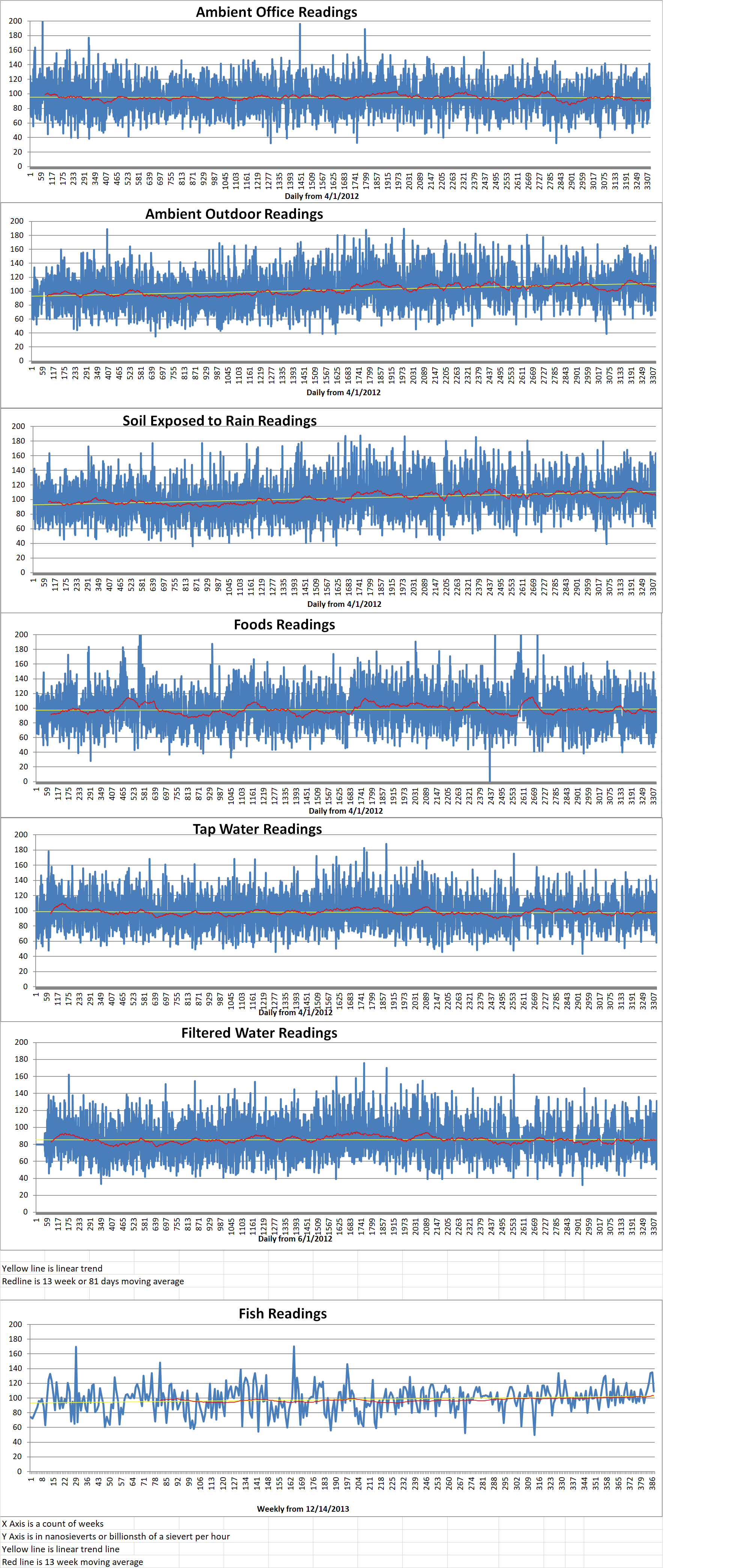
Geiger Readings for Aug 04, 2021
Ambient office = 81 nanosieverts per hour
Ambient outside = 157 nanosieverts per hour
Soil exposed to rain water = 161 nanosieverts per hour
Crimini mushroom from Central Market = 92 nanosieverts per hour
Tap water = 141 nanosieverts per hour
Filter water = 131 nanosieverts per hour
-
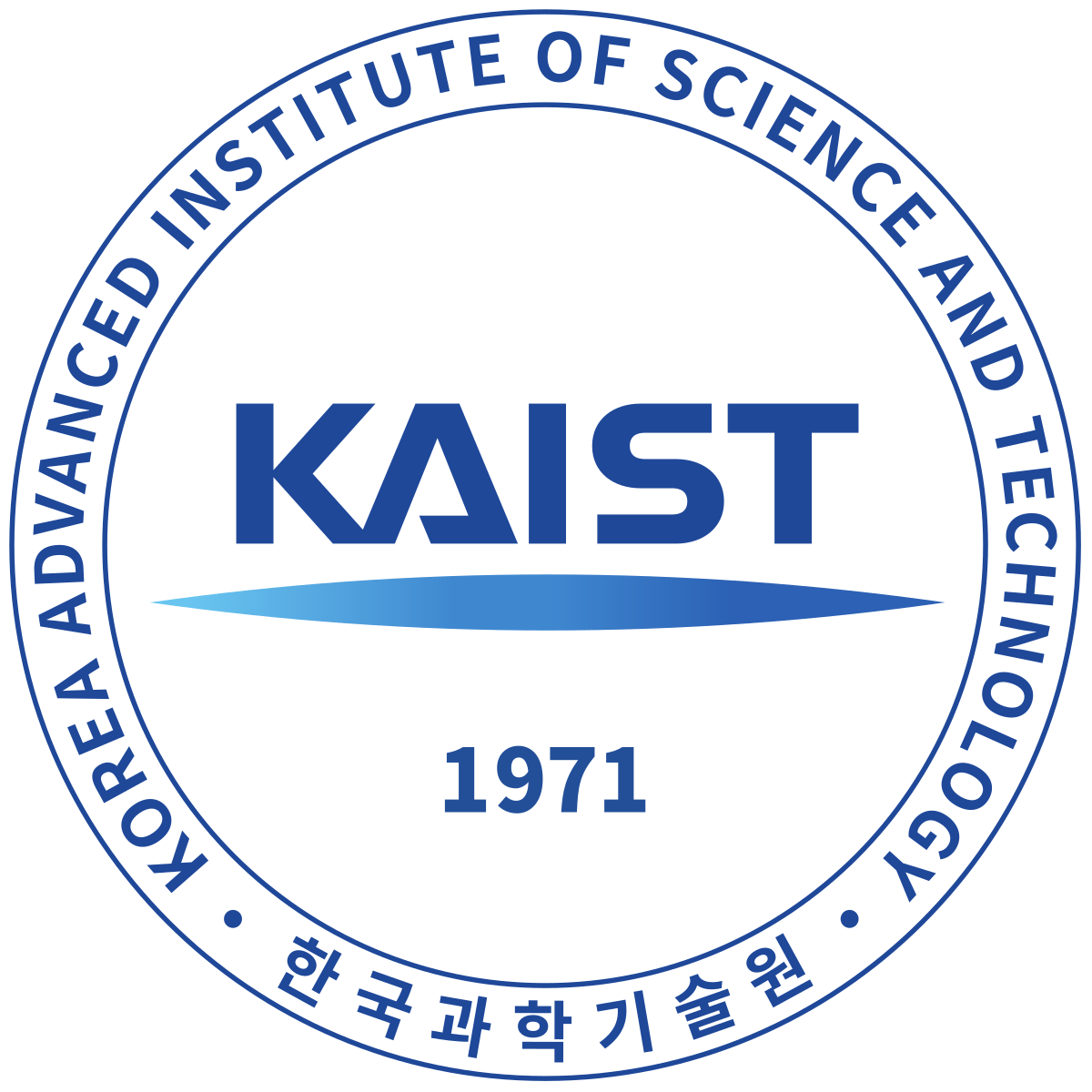
Radioactive Waste 812 – MIT Researching Removal Of Uranium From Water With Graphene Oxide Foam – Part 2 of 2 Parts
Part 2 of 2 parts (Please read Part 1 first)
The critical challenge for the MIT team was to find a practical remediation process that was exclusively sensitive to uranium and could extract it from solution without producing toxic residues. Earlier research had shown that while electrically charged carbon fibers could remove uranium from water, the results of those experiments were partial and imprecise.
Wang managed to solve these problems partially due to her work on the behavior of graphene foam used in lithium-sulfur batteries. She said, “The physical performance of this foam was unique because of its ability to attract certain chemical species to its surface. I thought the ligands in graphene foam would work well with uranium.”
The MIT team discovered that they could turn the foam into a “uranium magnet.” By sending an electric charge through the foam to split water and release hydrogen, they could increase the local pH and induce a chemical change that drew uranium out of solution. The researchers found that the uranium would attach itself to the surface of foam where it formed a new type of crystal uranium hydroxide. When the electric charge was reversed, the new mineral slipped easily off the foam.
The MIT team had to carry out hundreds of experiments in order to get the chemical composition and electrolysis just right. Helal said, “We kept changing the functional chemical groups to get them to work correctly.” Wang said, “And the foam was initially quite fragile, tending to break into pieces, so we needed to make it stronger and more durable.”
This uranium filtration process is clear, simple and efficient. According to Li, “Each time it’s used, our foam can capture four times its own weight of uranium, and we can achieve an extraction capacity of 4,000 mg per gram, which is a major improvement over other methods. We’ve also made a major breakthrough in reusability, because the foam can go through seven cycles without losing its extraction efficiency.” The graphene foam functions just as well in seawater where it can reduce uranium concentration from three parts per million to twenty parts per billion. Other ions in the brine do not interfere with filtration.
The MIT team believes that its low-cost, effective process could become the basis of a new kind of home water filter that would fit on faucets like commercial filter brands. Li said, “Some of these filters already have activated carbon, so maybe we could modify these, add low-voltage electricity to filter uranium.”
Ho Jin Ryu is an associate professor of nuclear and quantum engineering at the Korea Advanced Institute of Science and Technology. He was not involved in the MIT research. He believes that the demonstration of graphene foam reusability is a “significant advance. He said, “The uranium extraction this device achieves is very impressive when compared to existing methods. The technology of local pH control to enhance uranium deposition will be impactful because the scientific principle can be applied more generally to heavy metal extraction from polluted water.”
The MIT team has already begun investigation of broader application of their method. Li said, “There is a science to this, so we can modify our filters to be selective for other heavy metals such as lead, mercury, and cadmium.” He also notes that radium is another significant danger for locations in the U.S. and elsewhere that lack resources for reliable drinking water infrastructure. He noted, “In the future, instead of a passive water filter, we could be using a smart filter powered by clean electricity that turns on electrolytic action, which could extract multiple toxic metals, tell you when to regenerate the filter, and give you quality assurance about the water you’re drinking.” -
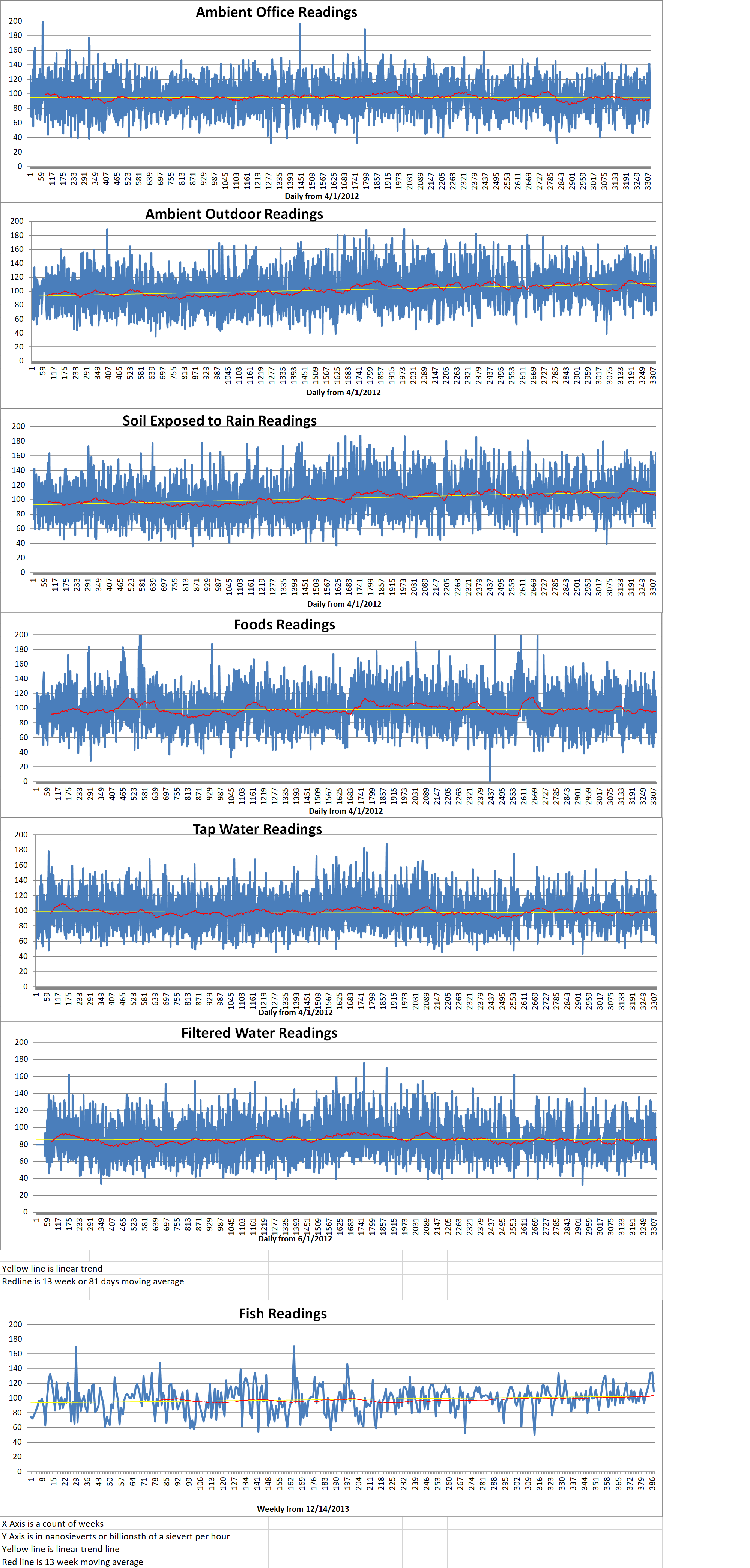
Geiger Readings for Aug 03, 2021
Ambient office = 96 nanosieverts per hour
Ambient outside = 163 nanosieverts per hour
Soil exposed to rain water = 164 nanosieverts per hour
Organic avocado from Central Market = 115 nanosieverts per hour
Tap water = 84 nanosieverts per hour
Filter water = 69 nanosieverts per hour
-
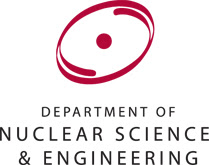
Radioactive Waste 811 – MIT Researching Removal Of Uranium From Water With Graphene Oxide Foam – Part 1 of 2 Parts
Part 1 of 2 parts
Many types of water pollution such as algal blooms and plastics that foul rivers and lakes are easy to see. But other types of pollutants are not so visible. This makes their impact more dangerous. One of these invisible pollutants is uranium. It is leached into water resources from mining operation, nuclear waste sites or from natural subterranean deposits. Uranium can now be found in drinking water around the globe.
Ahmed Sami Helal is a postdoc in the Department of Nuclear Science and Engineering at MIT. He says that, in the United States, “many areas are affected by uranium contamination, including the High Plains and Central Valley aquifers, which supply drinking water to 6 million people.” This contamination is a very near and present dangers for many people.
Ju Li is the Battelle Energy Alliance Professor of Nuclear Science and Engineering and professor of materials science and engineering at MIT. He said, “Even small concentrations are bad for human health.”
A team led by Li has devised a very efficient way to remove uranium from drinking water. The new method consists of applying an electric charge to a graphene oxide foam. This allows the researchers to capture the uranium in solution by precipitating it out as a solid crystal. The foam can be reused as many as seven times without losing its electrochemical properties. Li says, “Within hours, our process can purify a large quantity of drinking water below the EPA limit for uranium.”
A new paper was published recently about this research in Advanced Materials. The first two co-authors are Helal (mentioned above) and Chao Wang who was a postdoc at MIT during the study and is now with the School of Materials Science and Engineering at Tongji University, Shanghai. Researchers from Argonne National Laboratory, Taiwan’s National Chiao Tung University, and the University of Tokyo also took part in the research. The Defense Threat Reduction Agency at the U.S. Department of Defense funded later stages of this work.
The project was launched three years ago. The goal was to find a better approach to environmental cleanup of heavy metals from mining sites. Up to the present, remediation methods for removing such metals as chromium, cadmium, arsenic, lead, mercury, radium, and uranium have proven limited and costly. Helal explained that, “These techniques are highly sensitive to organics in water, and are poor at separating out the heavy metal contaminants. So they involve long operation times, high capital costs, and at the end of extraction, generate more toxic sludge.”
To the researchers, uranium appeared to be a particularly attractive target for their work. The U.S. Geological Service and the Environmental Protection Agency (EPA) have conducted field testing and found unhealthy levels of uranium moving into reservoirs and aquifers from natural rock sources in the northeastern U.S., from ponds and pits storing old nuclear weapons and fuel in places like Hanford, Washington, and from mining activities located in many western states. This type of contamination is present in many other countries as well. An unacceptable number of the sites show uranium concentrations close to or above the EPA’s recommended ceiling of thirty parts per billion. This level is associate with kidney, cancer risk and neurobehavioral changes in human subjects.
Please read Part 2 next
